Uses For Horse Chestnut Wood – Building With Horse Chestnut Trees
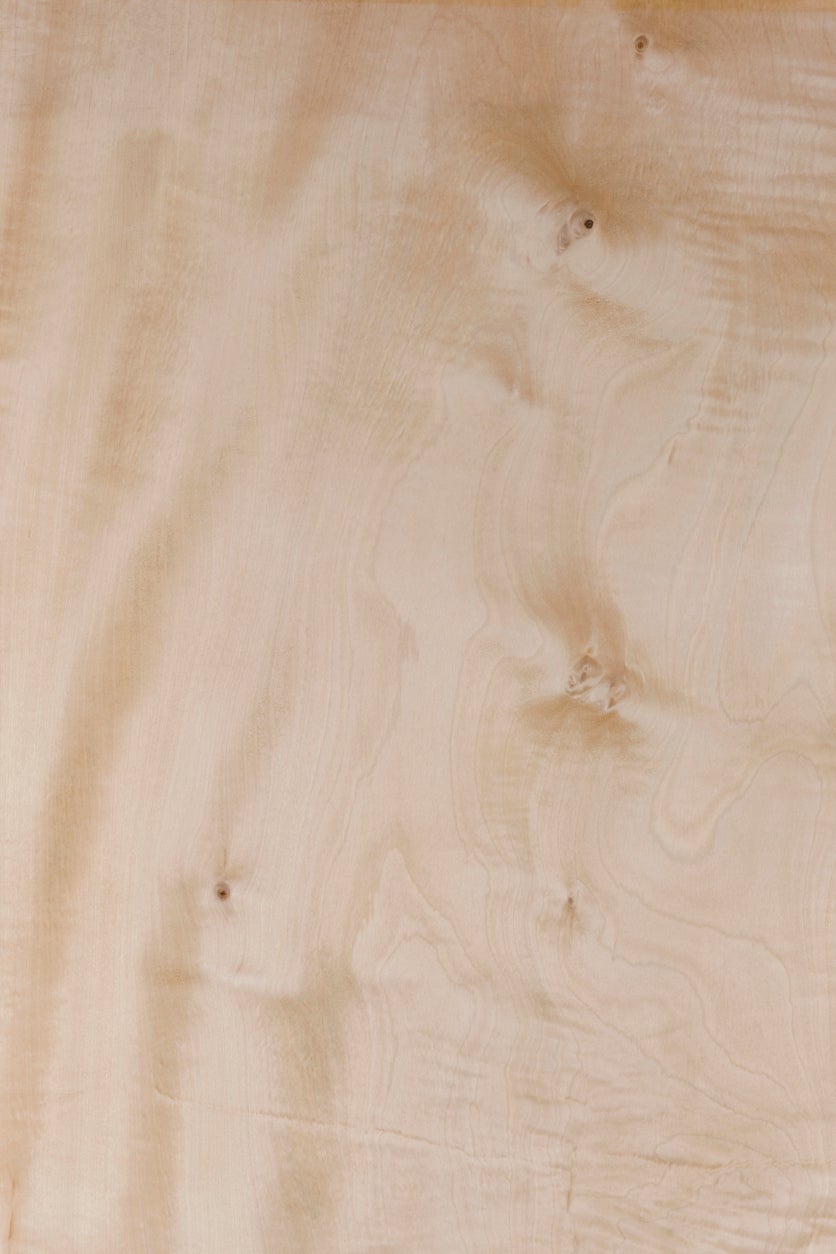

Horse chestnut trees are common in the U.S. but are also found in Europe and Japan. These are prized ornamental trees and not always associated with woodworking. Building with horse chestnut lumber isn’t common because it is a weaker wood compared to others, and it doesn’t resist rot well. Yet, with its pretty, creamy color and other desirable characteristics, there are some uses for horse chestnut in woodworking and turning.
About Horse Chestnut Wood
There are several varieties of horse chestnut tree, including several types of buckeye native to the U.S. Horse chestnut is also native too parts of Europe and the Japanese horse chestnut, of course, is native to Japan. In landscaping, horse chestnut is prized for its quick growth, ornamental shape, large and distinctive leaves, and striking spikes of flowers that emerge in spring.
The wood of the horse chestnut is an attractive, light, creamy color. The color may vary a little depending on when the tree was felled. It may be whiter when cut in the winter and more yellow when felled later in the year. Japanese horse chestnut heartwood is usually a little darker than that of other varieties. It can also have a wavier grain that makes it desirable for veneers.
Horse chestnut wood is fine-grained. It is also soft, which makes woodworking with horse chestnut easy. Although some wood workers do not prefer it because of the wood’s low density. This can give it a fuzzy texture on the worked surfaces.
Uses for Horse Chestnut Wood
Horse chestnut for building and construction is not typically advised. The wood is not very strong and it absorbs moisture, so it has pretty poor resistance to decay. However, the ease of working with the wood does make it desirable for some uses such as:
- Turning
- Carving
- Veneer
- Cabinets
- Trim
- Plywood
- Some furniture
Horse chestnut lumber and wood is specifically prized for turning bowls or other storage pieces for fruit. The wood’s ability to absorb moisture helps keep stored fruit longer. Some other turned or worked items that horse chestnut is commonly used for includes racket grips, broom handles, kitchen utensils, boxes, and toys.
Gardening tips, videos, info and more delivered right to your inbox!
Sign up for the Gardening Know How newsletter today and receive a free copy of our e-book "How to Grow Delicious Tomatoes".

Mary Ellen Ellis has been gardening for over 20 years. With degrees in Chemistry and Biology, Mary Ellen's specialties are flowers, native plants, and herbs.
-
 Looking For Plants To Give You The Soft And Fuzzies? Try These 5 Fuzzy Leaf Plant Options
Looking For Plants To Give You The Soft And Fuzzies? Try These 5 Fuzzy Leaf Plant OptionsLovers of texture, drama, silver foliage and tactile plants will adore these special sensory garden additions. These fuzzy leaf plant options will leave you all aglow
By Susan Albert
-
 Get Ready For A Summer Of Hummers! Grow These Full Sun Hummingbird Plants and Flowers
Get Ready For A Summer Of Hummers! Grow These Full Sun Hummingbird Plants and FlowersIf you’re lucky enough to enjoy a sunny backyard, make sure you are maxing out on your pollinator opportunities and grow these full sun hummingbird plants and flowers
By Tonya Barnett
-
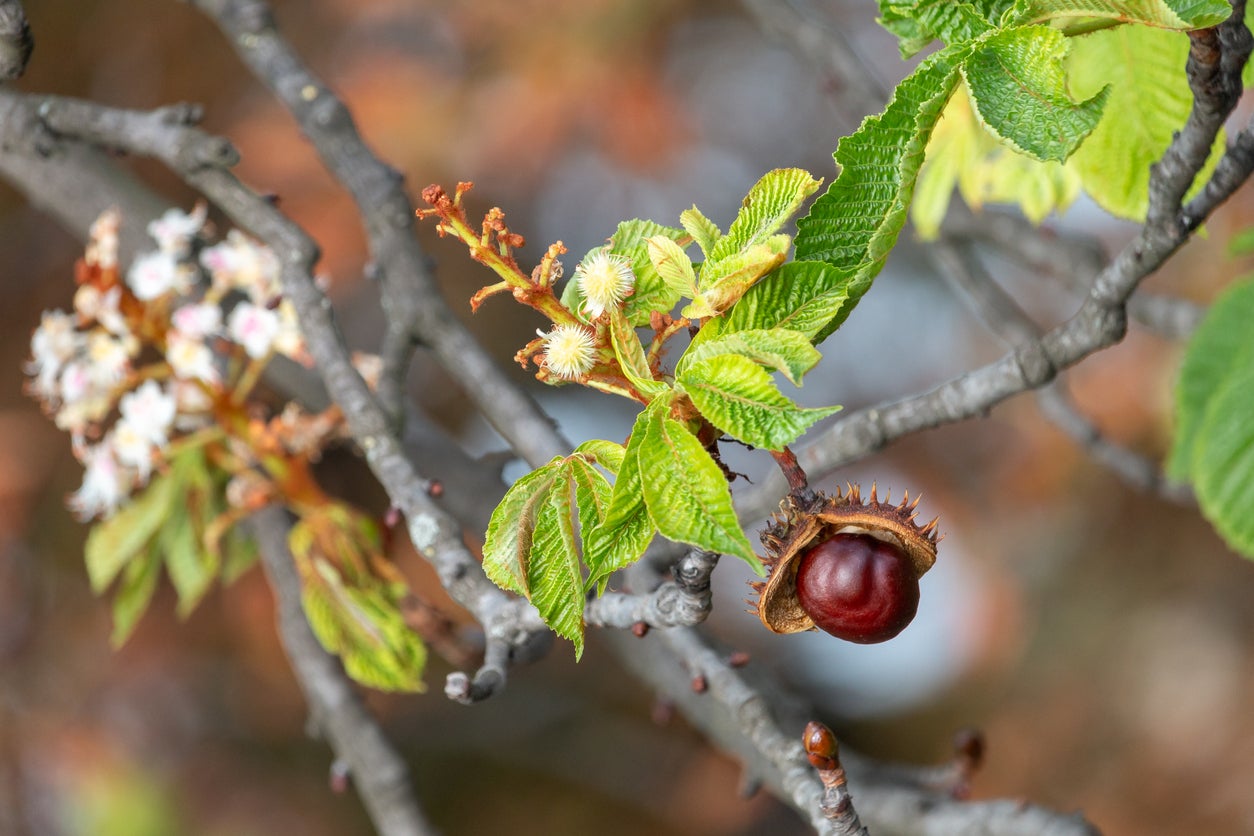 Horse Chestnut Pruning: Should You Cut Back Horse Chestnut Branches
Horse Chestnut Pruning: Should You Cut Back Horse Chestnut BranchesWhat does it take to keep a horse chestnut tree healthy? Do you need to cut back a horse chestnut? The following information on horse chestnut pruning discusses the pros and cons of pruning horse chestnut trees and how to prune them. Click here to learn more.
By Amy Grant
-
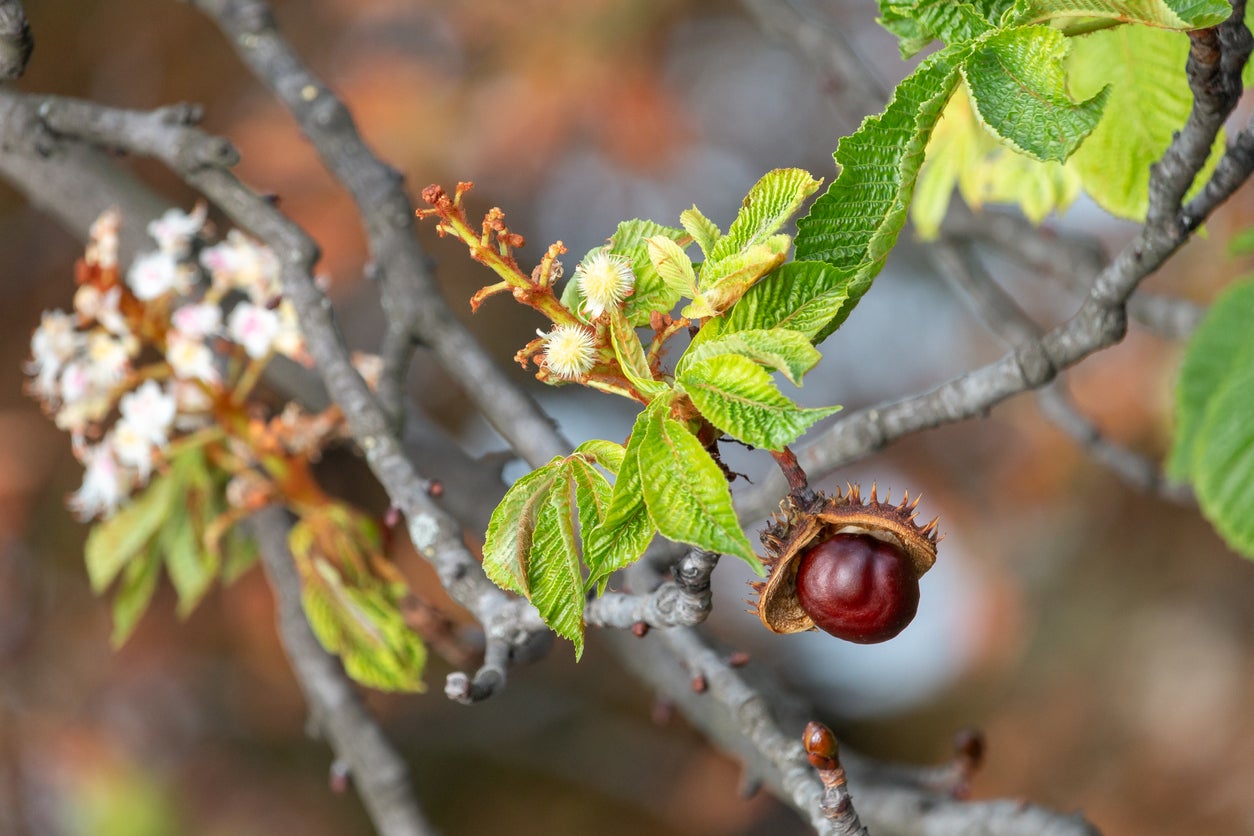 Horse Chestnut Varieties – Are Buckeyes And Horse Chestnuts The Same
Horse Chestnut Varieties – Are Buckeyes And Horse Chestnuts The SameOhio buckeyes and horse chestnuts are closely related but they aren’t the same. Wondering how to tell the difference between buckeyes and horse chestnuts? Learn the distinguishing characteristics of each and more about other Aesculus varieties in this article.
By Mary H. Dyer
-
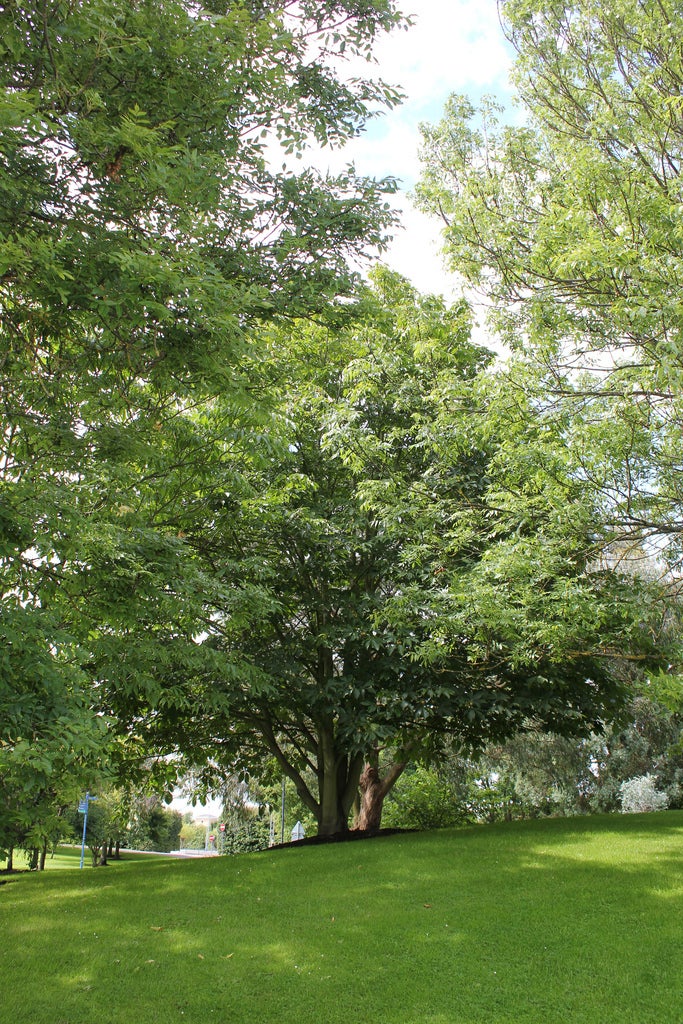 Japanese Horse Chestnut Info: Tips For Growing Japanese Chestnut Trees
Japanese Horse Chestnut Info: Tips For Growing Japanese Chestnut TreesIf you’re looking for a truly spectacular shade tree, look no further than the Turbinata chestnut, also known as the Japanese horse chestnut, tree. Want to learn more? Click on the following article for Japanese horse chestnut info and care for this impressive tree.
By Amy Grant
-
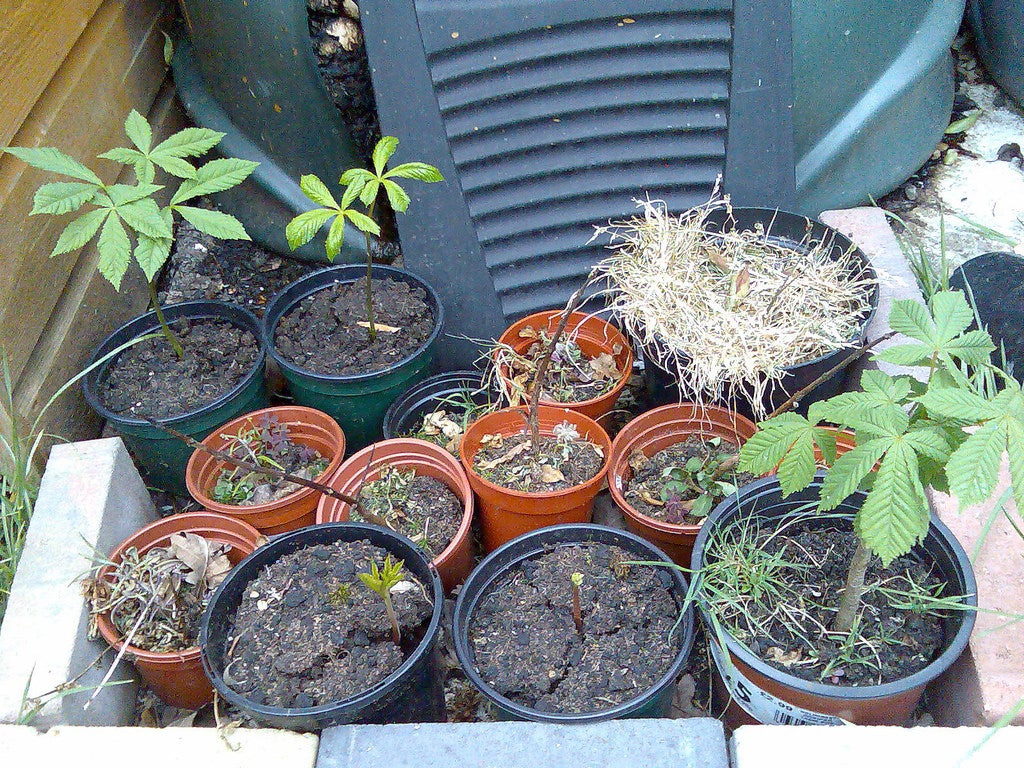 Potted Horse Chestnut Care – Can Horse Chestnut Trees In Containers Survive
Potted Horse Chestnut Care – Can Horse Chestnut Trees In Containers SurviveThe prolific fruit litter from horse chestnuts results in hundreds of intriguing nuts that can be container grown into trees. However, a potted horse chestnut is a short-term solution. Learn more about growing horse chestnuts in containers here.
By Bonnie L. Grant
-
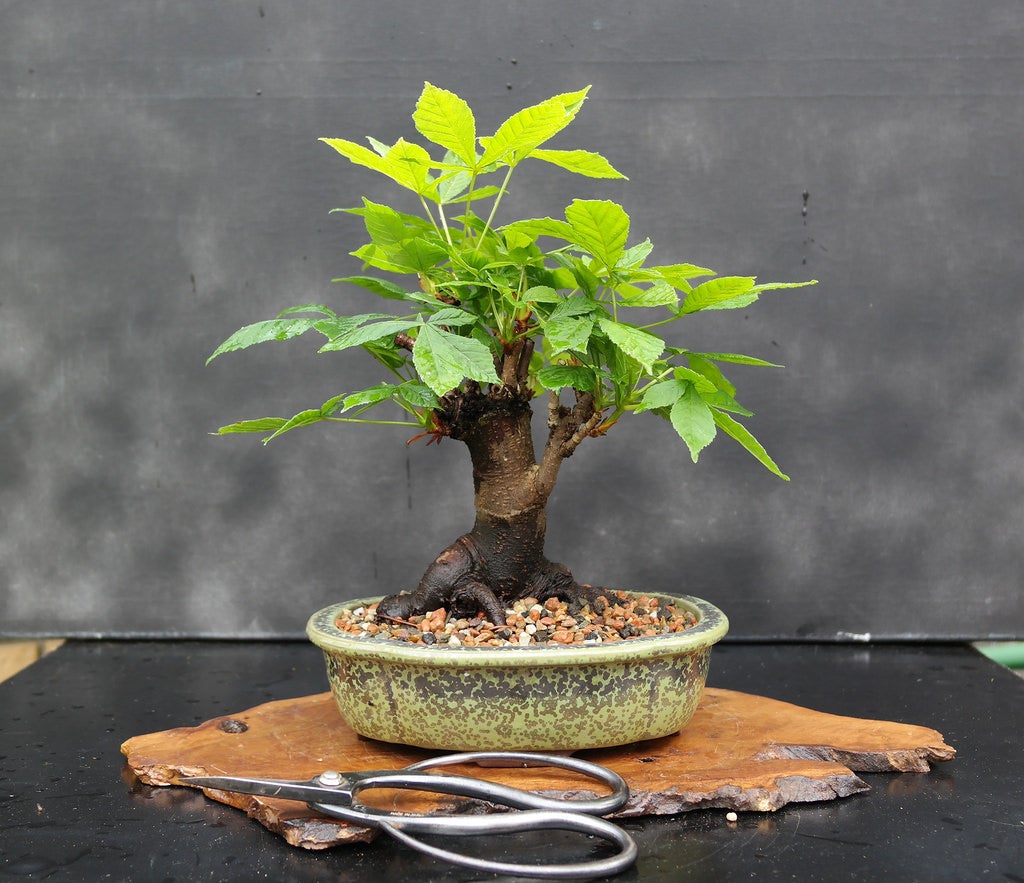 Horse Chestnut Bonsai Plants – Can You Grow A Horse Chestnut Bonsai Tree
Horse Chestnut Bonsai Plants – Can You Grow A Horse Chestnut Bonsai TreeNewcomers to the art of bonsai might have some trepidation about using an expensive specimen for their first attempt. Many native trees can become beautiful bonsai for little cost. Take the horse chestnut, for example. Find out how to grow a horse chestnut bonsai here.
By Amy Grant
-
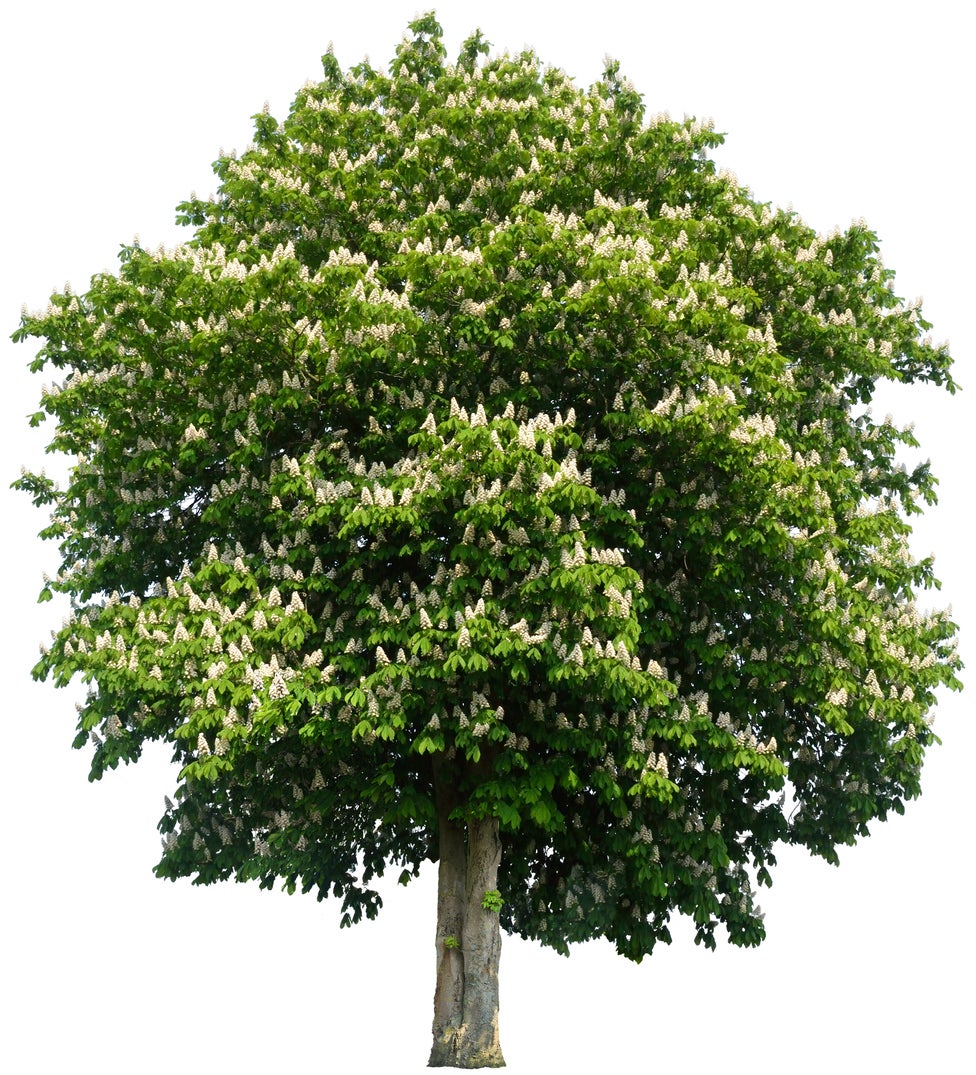 Baumann Horse Chestnut Trees – Care Of Baumann Horse Chestnuts
Baumann Horse Chestnut Trees – Care Of Baumann Horse ChestnutsThe Baumann horse chestnut is an interesting combination of both an attractive flowering tree and one that provides pleasant shade in the summer. Want to see if this tree is a good fit in your landscape? Click here for additional information.
By Tonya Barnett
-
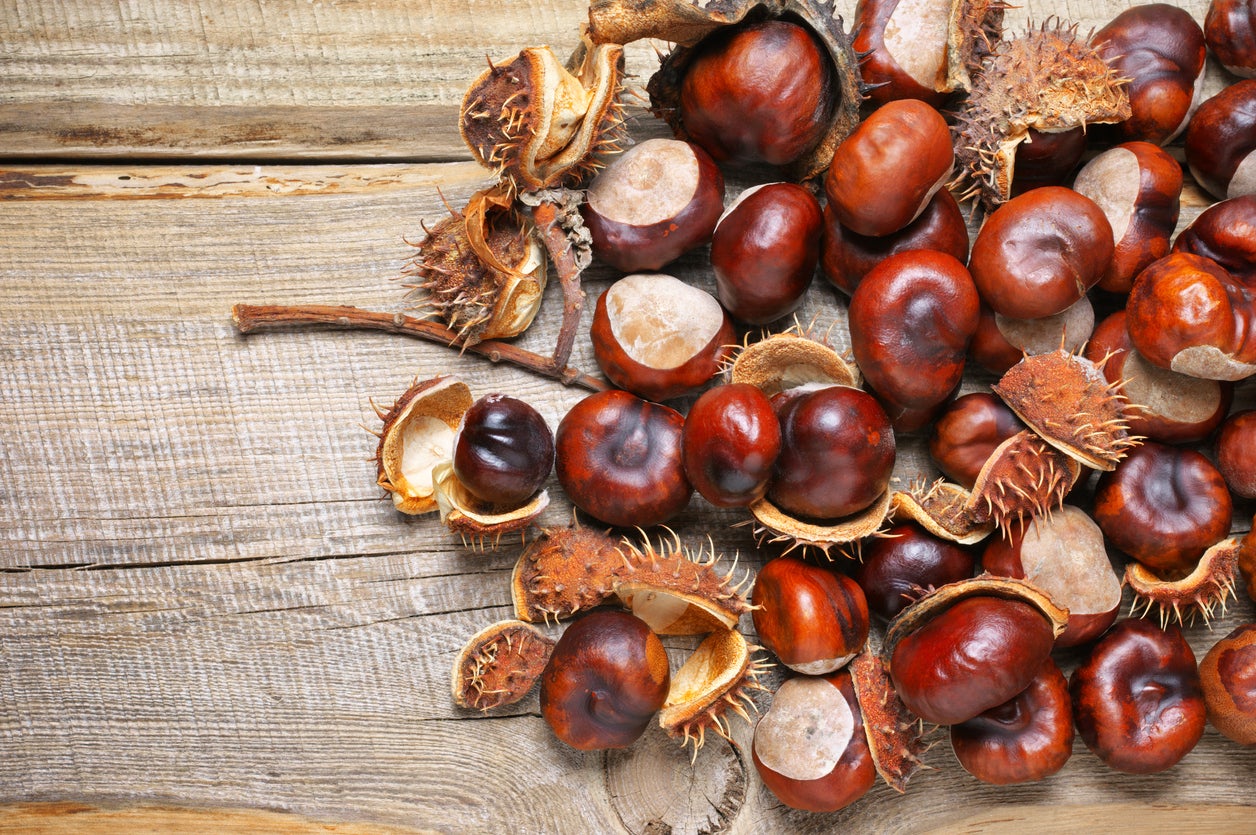 Are Horse Chestnuts Edible: Learn About Toxic Horse Chestnuts
Are Horse Chestnuts Edible: Learn About Toxic Horse ChestnutsWhen you hear the song about chestnuts roasting on an open fire, don’t mistake these nuts for horse chestnuts. Horse chestnuts are a very different nut. Are horse chestnuts edible? They are not and should not be consumed by people, horses, or other livestock. Learn more here.
By Teo Spengler
-
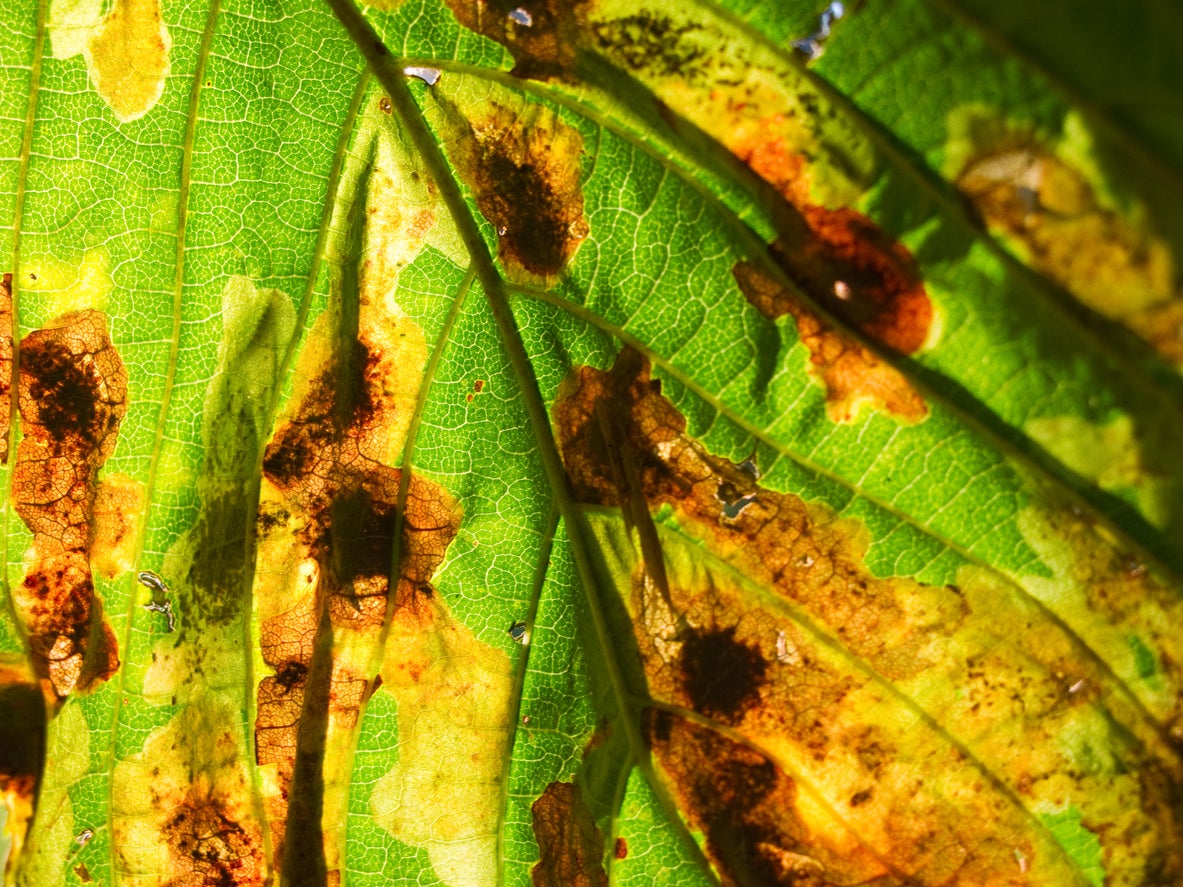 Horse Chestnut Bugs – Learn About Common Conker Tree Pests
Horse Chestnut Bugs – Learn About Common Conker Tree PestsWhile the chestnuts (conkers) produced by this tree are toxic to man and beast, the trees are subject to a number of horse chestnut pests. For information about horse chestnut bugs and other pests of horse chestnut trees, click on the following article.
By Teo Spengler